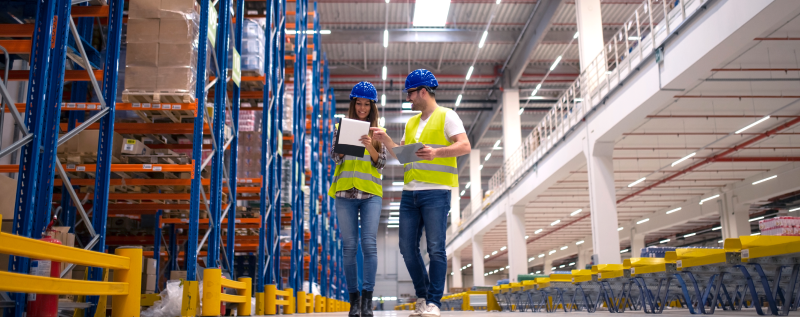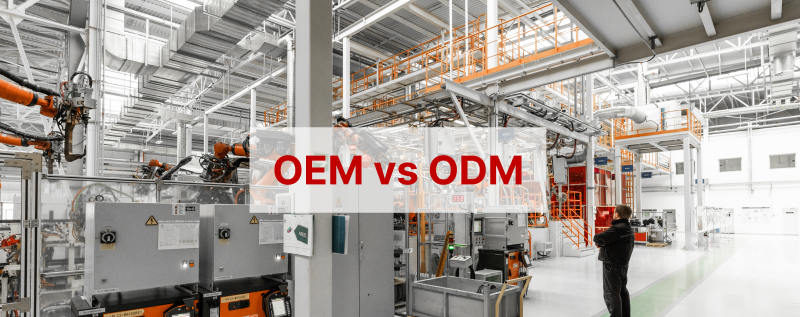Inspection News
OEM vs ODM: What’s the Difference and How to Choose?
If you are looking for a manufacturer to produce your products, you may have come across the terms OEM vs ODM. These are two common business models in the manufacturing industry, but they have some significant differences that you should be aware of before making a decision. This article will explain what OEM and ODM mean, how they differ, and what factors to consider when choosing between them.
What is OEM?
OEM stands for Original Equipment Manufacturer, meaning that the manufacturer produces products or components based on the specifications and design of the buyer. The buyer provides the manufacturer with all the technical details, such as drawings, materials, dimensions, functions, etc., and the manufacturer follows them exactly to produce the products. The products are then sold under the buyer’s brand name.
For example, if you want to produce a new type of laptop, you can hire an OEM manufacturer to make it for you. You will need to provide them with all the design specifications of your laptop, such as the size, shape, color, features, etc.. The manufacturer will then use their equipment and expertise to make your laptop according to your requirements. The finished product will have your logo and brand name on it.
What is ODM?
ODM stands for Original Design Manufacturer, meaning the manufacturer designs and produces products or components based on their specifications and sells them to the buyer. The buyer can choose from a range of pre-designed or finished products the manufacturer offers and make minor modifications or customizations to suit their needs. The products are then sold under the buyer’s brand name.
For example, if you want to produce a new type of smartphone, you can hire an ODM manufacturer to make it for you. You can choose from various models the manufacturer has already designed and produced, such as smartphones’ different sizes, shapes, colors, features, etc.. You can then request changes or additions to the existing design, such as adding your logo or changing the color scheme. The manufacturer will then make your smartphone according to your preferences. The finished product will have your logo and brand name on it.
OEM vs ODM: What’s the Difference?
The main difference between OEM and ODM is the degree of customization and involvement of the buyer in the product design and production process. With OEM, the buyer has full control over the product design and specifications, while with ODM, the buyer has limited options and flexibility in modifying the existing design of the manufacturer. Here are some other differences between OEM vs ODM:
Cost
OEM usually costs more than ODM because of the higher level of customization and complexity involved in producing products based on the buyer’s specifications. ODM usually costs less because of the economies of scale and lower development costs involved in producing products based on the manufacturer’s specifications.
Time
OEM usually takes longer than ODM because of the longer development and production time required to produce products based on the buyer’s specifications. ODM usually takes less time because of the shorter development and production time required to produce products based on the manufacturer’s specifications.
Quality
OEM usually has higher quality than ODM because of the buyer’s higher standards and expectations regarding product design and performance. ODM usually has lower quality than OEM because of the manufacturer’s lower standards and expectations regarding product design and performance.
Intellectual Property
OEM usually involves more intellectual property risks than ODM because of the possibility of infringement or leakage of the buyer’s design and specifications by the manufacturer or third parties. ODM usually involves fewer intellectual property risks than OEM because of the ownership and protection of the manufacturer’s design and specifications by themselves or third parties.
OEM vs ODM: How to choose the right manufacturer?

Choosing between OEM vs ODM depends on several factors, such as your budget, timeline, quality requirements, product complexity, market demand, competitive advantage, etc. Here are some questions you can ask yourself to help you decide:
- Do you have a clear idea of what you want your product to look like and how it should function?
- Do you have enough resources and expertise to design and develop your product or with external help?
- Do you want full control over your product design and specifications, or are you willing to compromise with existing designs?
- Do you want to differentiate your product from others regarding features, functions, appearance, etc., or are you satisfied with following industry standards or trends?
- Do you want to protect your product design and specifications from being copied or used by others, or are you comfortable sharing them?
- Do you have enough time and money to invest in developing and producing your product from scratch, or do you prefer to save time and money using existing designs and products?
If you answered yes to most of the questions, then OEM may be a better option for you. If you answered no to most questions, then ODM may be a better option. However, there is no definitive answer to this question, as each situation is different and requires careful evaluation and consideration of various factors. Therefore, it is advisable to consult with professional and experienced manufacturers or sourcing agents who can guide you through the process and help you make the best decision for your business.
Conclusion: OEM vs ODM: What’s the Difference and How to Choose?
OEM vs ODM is two common business models in the manufacturing industry that offer different advantages and disadvantages for buyers. OEM allows buyers full customization and control over their product design and specifications, while ODM allows buyers to have lower costs and faster time to market by using existing designs and products. Choosing between OEM and ODM depends on various factors, and it is important to understand the differences between OEM and ODM to decide.
With years of experience in the Quality Control industry, VIS can help you to evaluate a factory or manufacturer by conducting a factory audit. We also help you ensure product quality with our professional inspection services. Contact us for more information.











